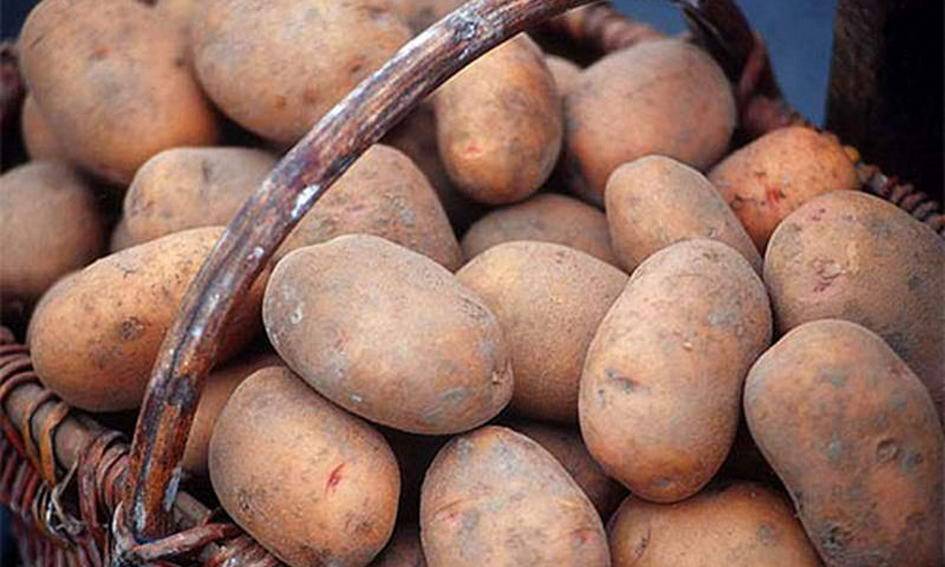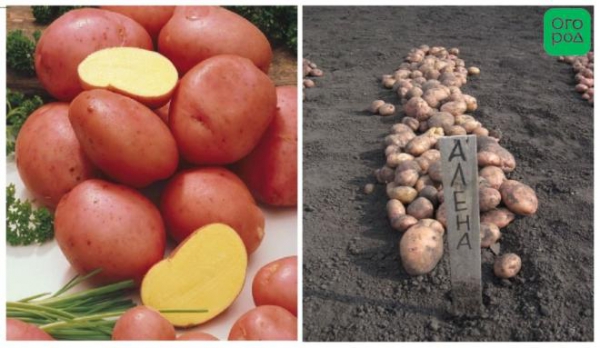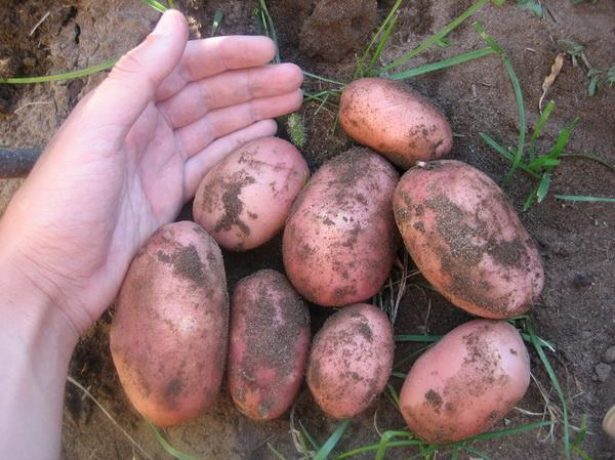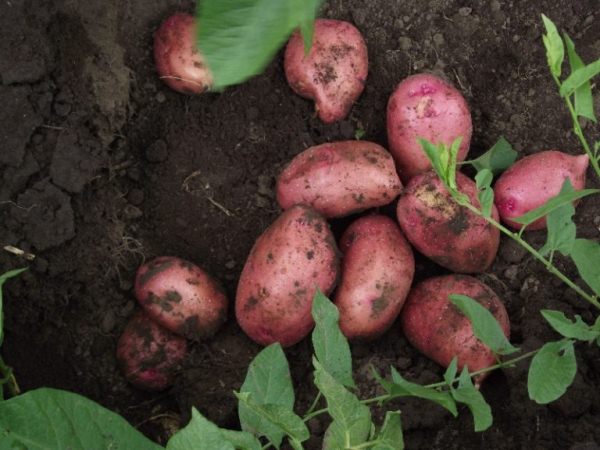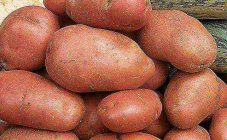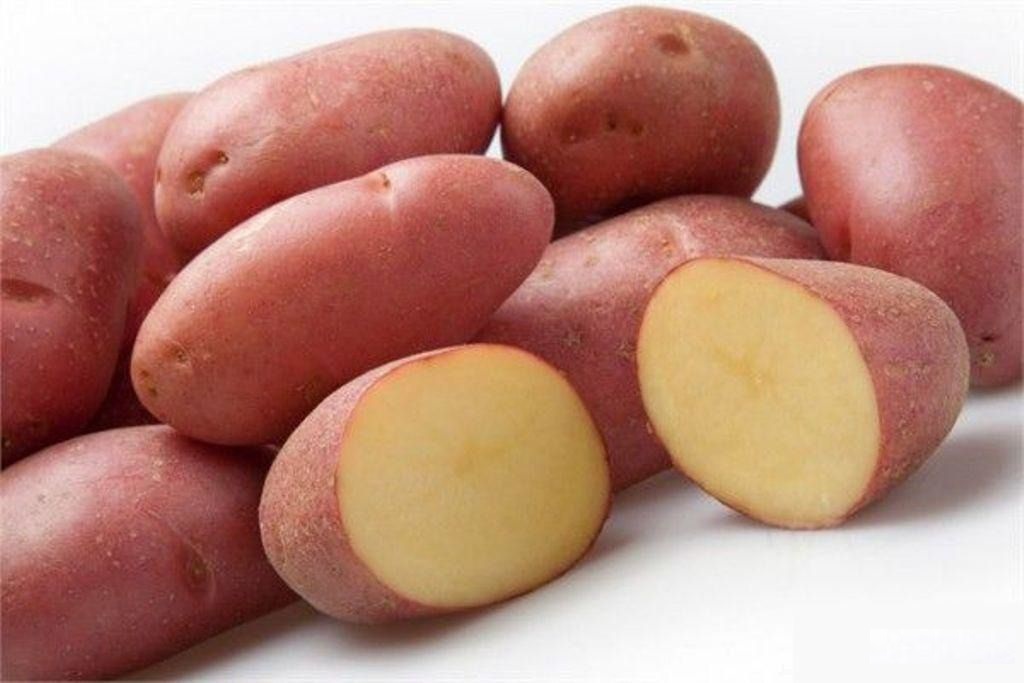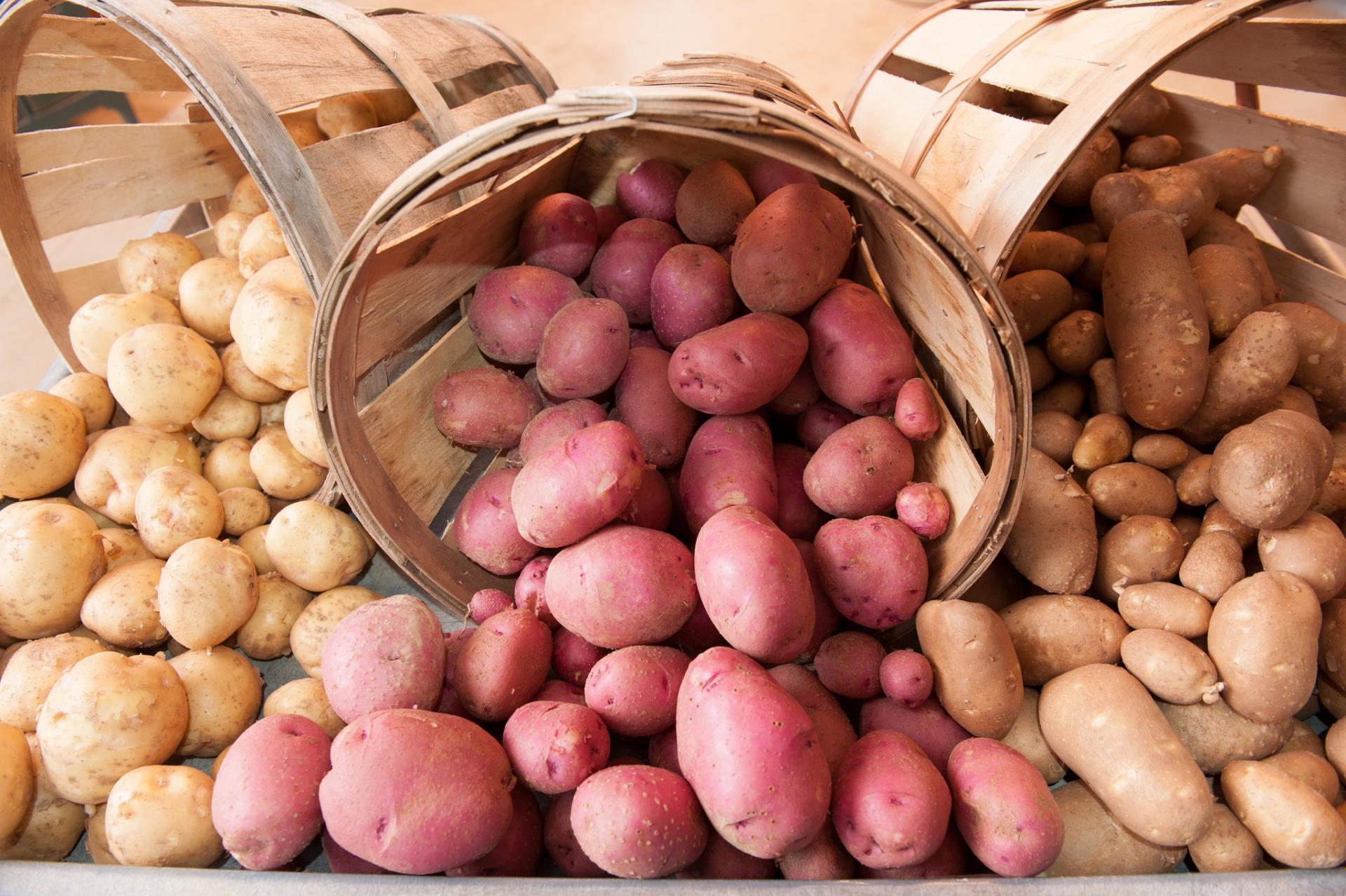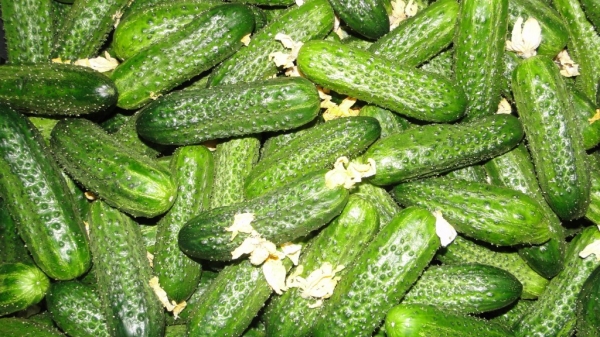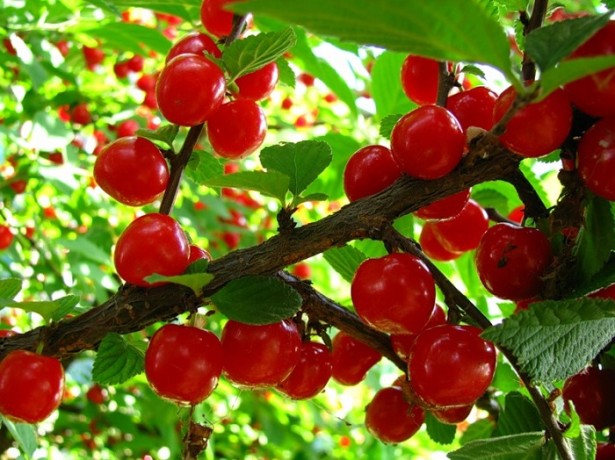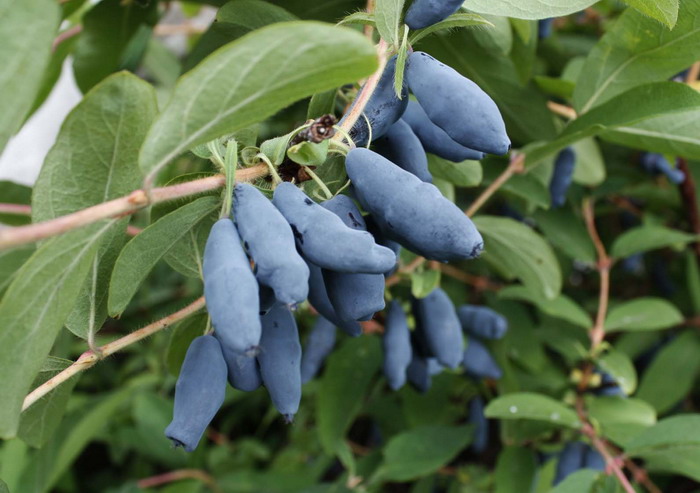Content:
Siberia is considered a harsh region with little to grow. But this is not the case. The thing is that it is necessary to select such plant varieties that are adapted to difficult climatic conditions. This article will consider which potato varieties are most suitable for growing in the Siberian region.
Description of culture
Potatoes are a perennial tuberous plant of the Solanaceae family. The number of shoots in a bush varies, depending on the variety and care, from 4 to 10. Leaves are dark green, located on short petioles. The flowers are small, usually white, but also pink and purple.
The outer part of the tuber consists of cork tissue. All over the surface there are depressions called eyes. New plants develop from them. From a tuber immersed in the ground, shoots diverge, reaching a height of up to 0.5 m.
Depending on the variety, the peel of the potato can be yellow, pink, purple, brown. Tubers also differ in shape, weight, color and taste of the pulp.
Potato varieties for Siberia
Siberia occupies 57% of the territory of Russia. The climate is continental. Summer weather in Gorno-Altaysk, for example, can vary from 9 to 40 ° C. Siberia protects the Altai ridge from cold Kazakh winds, and also smooths temperature drops in the Vasyugan bogs. Despite the harsh climate, more than 50 varieties of potatoes are allowed in this region.
Tubers planted in Siberia should form together, be productive, resistant to a lack of moisture, temperature extremes, and resistant to pathogens.
Consider which potato varieties are the best for Siberia.
Alyona
These are early ripe potatoes of domestic selection. It ripens within 70-75 days from the moment the shoots appeared. Sprawling bushes, medium-sized tubers, weighing up to 150 g. Their surface is smooth, red, with small eyes.
The starch in the pulp of the tubers is 15-17%, so they are suitable for frying, making salads. Alena potatoes are resistant to drought and many diseases. May be susceptible to nematodes and late blight.
Adretta
The potato is bred by Western breeders. It is of medium ripening period. The crop is harvested 2-2.5 months after the first shoots appear. The tubers are yellow in color, the starch in them is about 18%. They have good taste and keeping quality. Delicious potato chips are made from Adretta.
Potatoes are resistant to cancer and viruses, susceptible to late blight and scab, but with proper care they can be prevented. Adretta can withstand some drought and excessive moisture.
Zhukovsky early
This is another cultivar adapted for the harsh edge. The name of this variety of domestic selection speaks for itself. He is precocious. Zhukovsky early can be removed from the ground 2 months after germination.
Root vegetables are small, pink on the outside, white on the inside. Starch in them is about 12%, they are used mainly for frying, making salads, soups. The skin of the tubers is dense, due to this they are well stored. Zhukovsky early can be affected by late blight. Prevention, observance of crop rotation will prevent this disease.
Lugovskoy
This type of potato was bred by Ukrainian breeders. It is unpretentious, therefore it is widespread not only in Siberia, in Altai, but also in other regions of Russia. The first crop is harvested after 2.5 months, full ripening - after 3.
The weight of the tubers is small, up to 125 g, the shape is oval. The pulp is white, the rind is light pink. Starch in tubers contains about 19%. This variety is resistant to cancer, average resistance to other diseases.
Lyubava
The variety was bred by domestic breeders specifically for the Urals, Siberia, and the Far East. Potatoes ripen within 2-2.5 months, forming tubers together. Fruits are medium or medium-sized, weighing up to 210 g and starch content of about 17%.
Lyubava has excellent taste, good keeping quality and transportation. Varietal potatoes are resistant to cancer, but can be affected by nematodes and late blight.
Preparing potatoes for planting in Siberia
When to get potatoes for sprouting in Siberia, the weather will tell you. Cooking potatoes begins 30-35 days before planting in open ground. It needs to be taken out of the basement and placed in a warm place to germinate. It is advisable to disinfect tubers in a solution of potassium permanganate or garlic.
The germination process is important for the reason that in Siberia, seedlings must emerge quickly in order to have time to fully ripen. Therefore, the planting material should contain sprouts with root rudiments.
Planting process
In Siberia, potatoes are planted in 3 ways:
- One line... With this method, the tubers need to be planted in rows to a depth of 7 cm at intervals of 25 cm from each other. The distance between the rows is 60-70 cm.
- Tape... In this method, sprouted tubers are planted in 2 belts, the distance between which is 30 cm. The next 2 furrows are dug out every 110 cm. This method is used to grow potatoes on an industrial scale.
- Ridge... With this method, potatoes are planted at a shallow depth and covered with earth (ridge) to a height of 20 cm. With this planting, potatoes have good germination, the crop is harvested 2 weeks earlier.
Potatoes are planted after the earth has been well warmed up by the sun.
Potato care
The first watering is done after the seedlings begin to germinate. The procedure is recommended to be performed in the evening, under each bush, pouring about 7 liters of water. In dry season, potatoes are watered up to 5 times.
When the soil dries up a little, it must be loosened. The procedure will increase the oxygen supply to the roots, therefore, will help the tubers germinate. Plus, weeding will kill growing weeds without having to manually pull them out later.
In Siberia, even in June, there is still a high probability of frost, so the bushes need to hitch [/ alert. You can put mulch from mowed grass, straw, sawdust, last year's foliage under them.
For the rapid growth of tops and tubers, organic and inorganic fertilizers are used. Top dressing is carried out three times per season:
- the first time with urea, for the rapid growth of green mass;
- the second top dressing is applied in the form of ash and potassium sulfate during the budding period;
- the third time is fertilized with superphosphate during the flowering period for accelerated growth of tubers.
Disease and pest control
To prevent the appearance of fungal diseases, crop rotation must be observed. You cannot grow potatoes for a long time in the same place. By planting the tubers in the place where garlic previously grew, you can prevent the appearance of various pests.
The main pest is the Colorado potato beetle. It must be collected by hand and destroyed, but if there is too much of it, various insecticides are used. To get rid of the bear eating tubers, they dig deep into the soil in the fall, and also pour a solution of copper sulfate into the holes.
If the potatoes are affected by various fungal diseases, it must be sprayed with a solution of any fungicide. Of the folk methods of struggle, irrigation with brilliant green is used.
It will not be difficult to grow potatoes in Siberia, subject to certain rules and by choosing a suitable variety. You can save it in basements, closets, having previously cleaned it from the remains of the earth and dried it.
